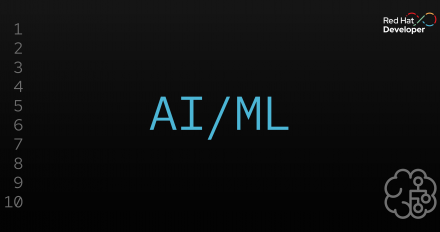
Advanced authentication and authorization for MCP Gateway
Learn how to implement identity-based tool filtering, OAuth2 Token Exchange, and HashiCorp Vault integration for the MCP Gateway.

Learn how to implement identity-based tool filtering, OAuth2 Token Exchange, and HashiCorp Vault integration for the MCP Gateway.
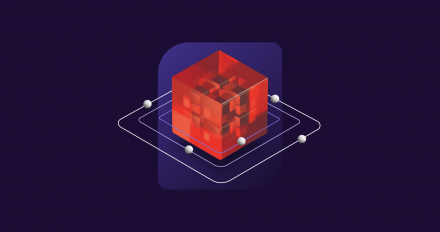
Learn how to migrate from Llama Stack’s deprecated Agent APIs to the modern, OpenAI-compatible Responses API without rebuilding from scratch.
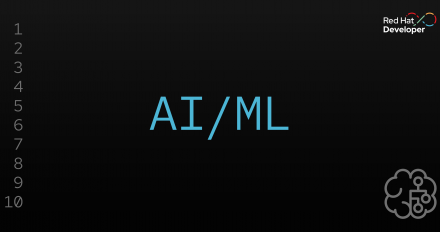
Most log lines are noise. Learn how semantic anomaly detection filters out repetitive patterns—even repetitive errors—to surface the genuinely unusual events.

Integrating AutoRound into LLM Compressor delivers higher accuracy for low bit-width quantization, lightweight tuning, and compressed-tensor compatibility.

Optimize AI scheduling. Discover 3 workflows to automate RayCluster lifecycles using KubeRay and Kueue on Red Hat OpenShift AI 3.
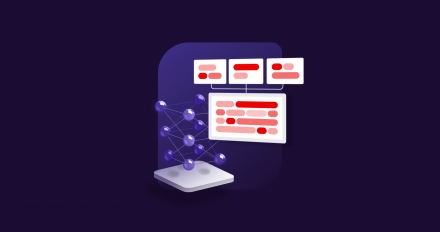
Run the latest Mistral Large 3 and Ministral 3 models on vLLM with Red Hat AI, providing day 0 access for immediate experimentation and deployment.
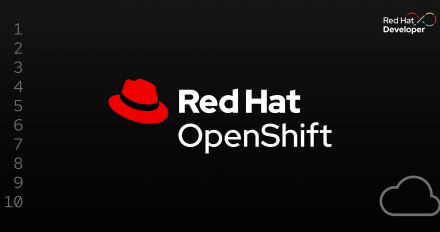
Learn how to optimize AI inference costs with AWS Inferentia and Trainium chips on Red Hat OpenShift using the AWS Neuron Operator.

Use SDG Hub to generate high-quality synthetic data for your AI models. This guide provides a full, copy-pasteable Jupyter Notebook for practitioners.

This performance analysis compares KServe's SLO-driven KEDA autoscaling approach against Knative's concurrency-based autoscaling for vLLM inference.

Learn how to deploy and manage Models-as-a-Service (MaaS) in Red Hat OpenShift AI, including rate limiting for resource protection.

Use the open source SDG Hub to quickly create custom synthetic data pipelines. Train and evaluate your models faster and more efficiently.

Learn how we built a simple, rules-based algorithm to detect oversaturation in LLM performance benchmarks, reducing costs by more than a factor of 2.

Learn how the llm-d project is revolutionizing LLM inference by enabling distributed, efficient, and scalable model serving across Kubernetes clusters.

Learn how we built an algorithm to detect oversaturation in large language model (LLM) benchmarking, saving GPU minutes and reducing costs.

Simplify LLM post-training with the Training Hub library, which provides a common, pythonic interface for running language model post-training algorithms.
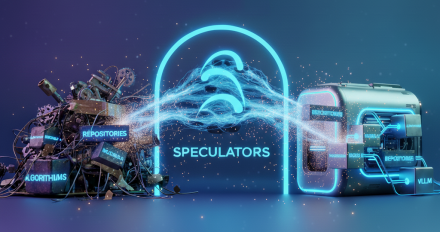
Speculators standardizes speculative decoding for large language models, with a unified Hugging Face format, vLLM integration, and more.

Learn why prompt engineering is the most critical and accessible method for customizing large language models.

Oversaturation in LLM benchmarking can lead to wasted machine time and skewed performance metrics. Find out how one Red Hat team tackled the challenge.
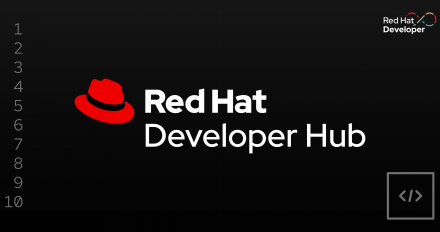
Learn how to automatically transfer AI model metadata managed by OpenShift AI into Red Hat Developer Hub’s Software Catalog.

Integrate Red Hat OpenShift Lightspeed with a locally served large language model (LLM) for enhanced assistance within the OpenShift environment.

Explore the benefits of using Kubernetes, Context7, and GitHub MCP servers to diagnose issues, access up-to-date documentation, and interact with repositories.

Dive into LLM post-training methods, from supervised fine-tuning and continual learning to parameter-efficient and reinforcement learning approaches.

Learn how to deploy LLMs on Red Hat OpenShift AI for Ansible Lightspeed, enabling on-premise inference and optimizing resource utilization.

Your Red Hat Developer membership unlocks access to product trials, learning resources, events, tools, and a community you can trust to help you stay ahead in AI and emerging tech.

Discover the advantages of vLLM, an open source inference server that speeds up generative AI applications by making better use of GPU memory.